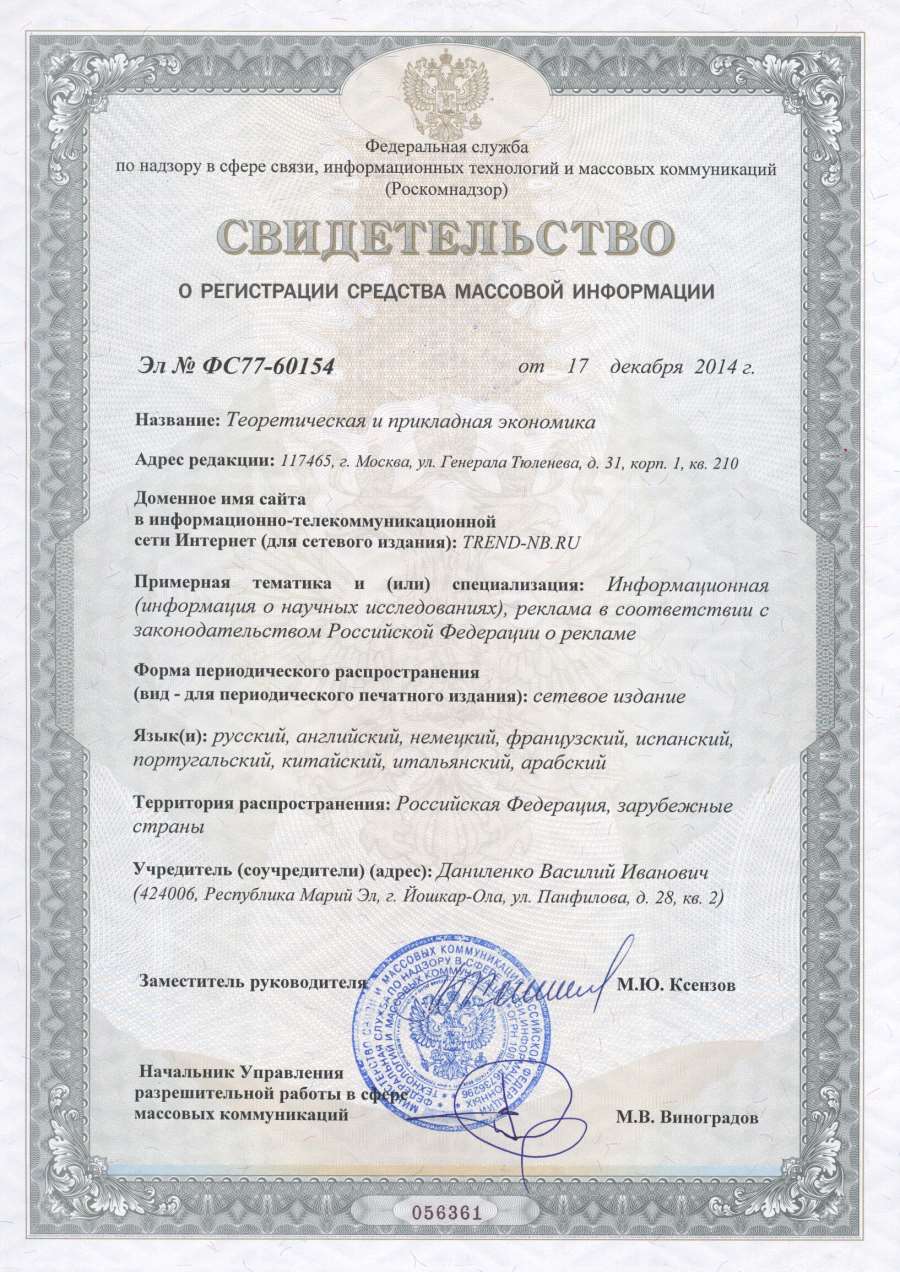Granberg A G Osnovi Regionaljnoj Ekonomiki

Books Advanced Search New Releases Amazon Charts Best Sellers & More The New York Times® Best Sellers Advanced Search New Releases Amazon Charts Best Sellers &. Boevoj ustav suhoputnih vojske chastj 1.
The Mongolian Unicode block covers the very closely related scripts of Mongolian, Todo, Sibe, and Manchu. These scripts are cursive and are written top-to-bottom in columns that progress from left-to-right. The Mongolian encoding, and the processing required to properly render it, are 'works in progress'. Unicode mongolian font converter. This custom product is a converter with two pairs of two two linked macros each that convert Macintosh AmharicLS text into AmharicLSU text in Unicode or AmharicLS. This custom dictionary for Microsoft Word will stop on Greek words that are not spelled as they would be in Linguist's Software's Unicode Greek NT or LXX. Offline tools. Windows1251 to Unicode (UTF-8) converter [Size: ~270 Kb] This is a mongolian cp1251 encoded text to utf-8 encoded text conversion program. May be very useful for web masters.;-) Please use only for cp1251 encoded text files. Feedback: to badral@chinggis.com Example text file with converted format. In Word 2007, I'm trying to get a better understanding of the Unicode System. I looked up a unicode table because the Microsoft Help said I can use the Alt key plus. Original Title: 'I am having problems opening Word documents from just a few months ago. A menu opens asking me to convert to RTF, Unicode, and many other options.

• • 566 Downloads • Abstract The central research question of this paper is how a regional or national (spatial) innovation and entrepreneurial ecosystem (SIEES) can function in a sustainable mode under conditions of uncertainty of an external environment. As an attempt to answer this question, the authors consider to approach the idea of sustainable development from the standpoint of a nonlinear dynamic stability of open systems through information exchange.
Addressing this issue as a multi-criteria decision problem, the authors integrate the concept of the “Innovative Helix” and its modifications, which are describing the interaction of science, government and business, as well as formal methods of game theory and business simulation games as a basis for modeling the process of sustainable development in a spatial innovation and entrepreneurial ecosystem. The purpose and interest of the article is to provide input for further discussion on these and other issues related to organizing and governing the interaction of key stakeholders in such arrangements.
In practical terms, also a first case study for Russia will be designed and set up for further discussion. • n is the number of players (groups); • Ri is the amount of resources available to player i, i = 1,, n; • m is the number of the innovative projects in the game; • CDminj, CDmaxj are the minimum and the maximum development costs, respectively, of innovative project j, j = 1,, m; • CIminj, CImaxj are the minimum and the maximum production and sales costs, respectively, of innovative project j; • ERj is the expected revenue from project j; • α is the investment return from a risk-free project. In real world situations, the innovations are accompanied by risk and uncertainty.
This game simulates the risks and uncertainties considered at all phases by using a set of random variables (μ, φ, ξ). • Igor N. Dubina • 1 • 2 • David F. J. Campbell • 3 • Elias G. Carayannis • 4 • Anna A. Chub • 5 • Evangelos Grigoroudis • 6 • Olga V. Kozhevina • 7 • 1. Department of International Economics, Mathematical Methods and Business-Informatics Altai State University Barnaul Russia • 2.
Department of Mathematical Methods in Economics Novosibirsk National Research State University Novosibirsk Russia • 3. Alpen-Adria-University Klagenfurt, Faculty for Interdisciplinary Studies (iff), Institute of Science Communication and Higher Education Research (WIHO) Vienna Austria • 4. Department of Information Systems & Technology Management, School of Business The George Washington University Washington USA • 5. Department of Anti-Crisis and Strategic Management of the Financial University under the Government of the Russian Federation (the Financial University) Moscow Russia • 6. School of Production Engineering and Management Technical University of Crete, University Campus Chania Greece • 7. Center for the Analysis of the Efficiency and Effectiveness Governance of the Financial University under the Government of the Russian Federation The Financial University Moscow Russia About this article.